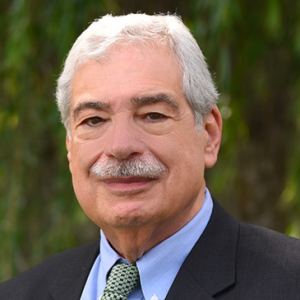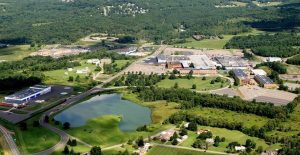SYRACUSE, N.Y. — Syracuse University will use a five-year, $1 million grant for a project targeting “diversity and inclusion” in science education.
The grant from the Chevy Chase, Maryland–based Howard Hughes Medical Institute (HHMI) will pay for Syracuse’s “collaborative high-impact activities in natural science education (CHANcE)” project, the school said in a news release.
The initiative seeks to “build an inclusive culture” in the science, technology, engineering and mathematics (STEM) fields “nationwide.”
(Sponsored)

Ask the Expert: Investing in the Future with Registered Apprenticeship
In today’s competitive job market, finding and retaining top talent can be incredibly challenging. For companies, Registered Apprenticeship is an investment not only in its employees but in its future.

Criminal Liability for Employment Law Violations?
New York employers are often surprised to learn that wage law violations can lead to criminal penalties in addition to financial penalties. Whether payroll is outsourced, or a staffing agency
The CHANcE project will “empower” STEM faculty to become “champions of inclusive education [IE],” a new initiative “promoting the inclusion, persistence and development” of all science students, Michele Wheatly, vice chancellor and provost of Syracuse University, said.
“Thanks to the HHMI’s vision and generosity, our faculty will participate in an array of activities that develops cultural awareness and imparts the knowledge they need to transform pedagogy into high-impact practices,” said Wheatly, who is also a biology professor in Syracuse’s College of Arts and Sciences (A&S).
Syracuse is one of 33 colleges and universities nationwide to receive the HHMI Inclusive Excellence grant. The 2018 cohort joins 24 other institutions that won it last year.
How it works
Beginning next month, each of the 57 institutions will work with HHMI and its partner, the Washington, D.C.–based Association of American Colleges and Universities (AAC&U), to “effect cultural change,” Syracuse said.
George Langford, dean emeritus of A&S who also serves as the CHANcE program director, is “one of IE’s biggest proponents,” the school added. He is “confident” HHMI’s support will “re-envision” undergraduate science learning at Syracuse.
“Our approach is three-fold,” said Langford, who also serves as a professor of neuroscience and professor of biology. “CHANcE will engage large cohorts of students in authentic research, such as collecting data and getting articles published. The project also will provide professional development opportunities for biology and chemistry faculty wanting to implement active-learning strategies and will establish approaches and practices broadening the participation of undergraduates of all backgrounds.”
Langford cites recent IE “successes” at the universities of Colorado-Boulder and British Columbia, saying it is “time to move away” from the traditional lecture format. “Providing course-based research experiences, instead of cookie-cutter experiments, builds our capacity to engage all science students during their undergraduate years, especially those coming to Syracuse via nontraditional pathways,” he said.
Although CHANcE affects all STEM learners at Syracuse, those who “particularly” stand to benefit are nontraditional students, underrepresented minorities, and women, the school noted.
Contact Reinhardt at ereinhardt@cnybj.com




